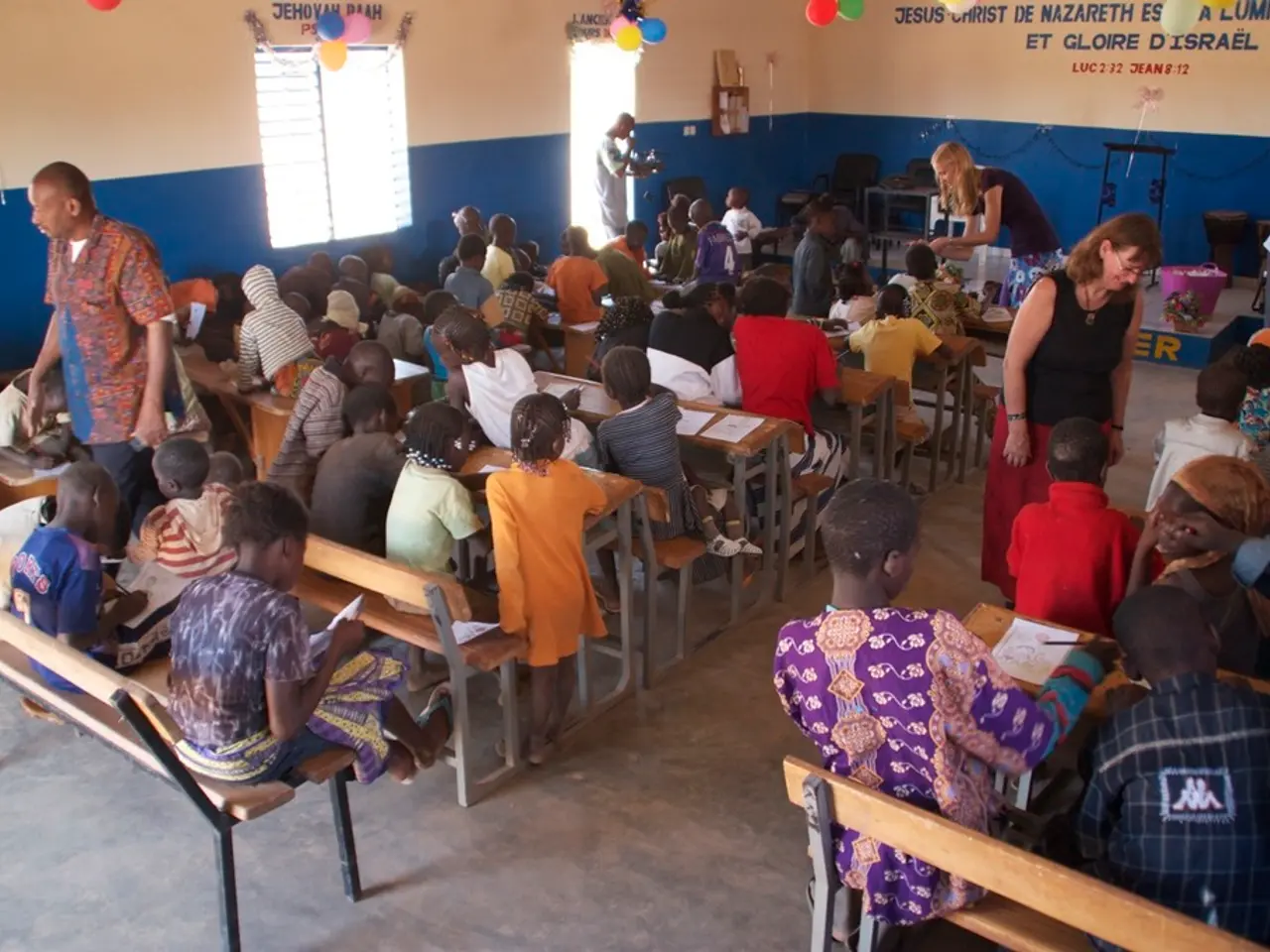Stunted Development: Limited Opportunities Thwarting Individual Expansion and Progression
In England, over 160,000 children are currently living in temporary accommodation, a figure that underscores the urgent need for action. Tragically, at least 74 children have lost their lives in temporary accommodation settings within the past year.
The crisis is further exacerbated by systemic constraints, including severe housing shortages, under-resourcing, and fragmented inter-agency communication. Existing statutory frameworks, such as the Housing Act 1996 and the Homelessness Reduction Act 2017, require local authorities to ensure suitable accommodation. However, implementation falls short, leading to unsuitable living conditions for many children.
To address this issue, two initial proposals have emerged. The first is the introduction of a statutory "duty to communicate" across local authority housing, health, education, and social services. The second is the creation of a dedicated local authority "TA family support coordinator" role.
Southwark, a borough in London, has seen a 77% increase in children in temporary accommodation between 2020 and 2024, but data on other local authorities with similar trends remains unavailable.
Recognizing the need for improved support, pilot projects are being considered to establish clear, accessible pathways for families to challenge unsuitable accommodation, supported by legal aid and advocacy services. Additionally, local authorities are being encouraged to pilot dedicated "TA family support coordinator" roles to provide consistent, holistic support to families.
However, the challenges are not limited to accommodation. Over half of the children in temporary accommodation miss school days due to housing instability, which can have lasting impacts on their education and development. To mitigate this, regular reviews of TA conditions are being proposed, with mandatory reporting and public accountability to improve standards across local authorities.
The physical and mental health of children in temporary accommodation is also at risk, with poor conditions such as damp, mould, and overcrowding directly affecting their wellbeing. To address this, it is crucial to provide adequate resources and training for frontline housing and social care staff to better recognize and proactively respond to children's needs.
Moreover, developing comprehensive inter-agency communication protocols is essential to ensure timely information sharing among housing, education, health, and social services. Encouraging public engagement and accountability can also increase awareness and pressure for improvements in the treatment of children in temporary accommodation.
Lastly, exploring long-term solutions to address severe housing shortages and under-resourcing in the temporary accommodation system is a pressing concern. Regularly reviewing and updating policies and practices to ensure they effectively address the needs of children in temporary accommodation is a crucial step towards this goal.
In conclusion, the crisis of children in temporary accommodation in England requires immediate and comprehensive action. By implementing the proposed measures, we can strive to improve the living conditions, education, and health of these children, ensuring they have the opportunity to thrive.
Read also:
- Understanding Hemorrhagic Gastroenteritis: Key Facts
- Stopping Osteoporosis Treatment: Timeline Considerations
- Tobacco industry's suggested changes on a legislative modification are disregarded by health journalists
- Expanded Community Health Involvement by CK Birla Hospitals, Jaipur, Maintained Through Consistent Outreach Programs Across Rajasthan




